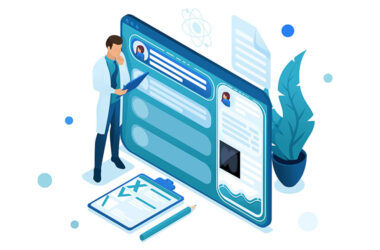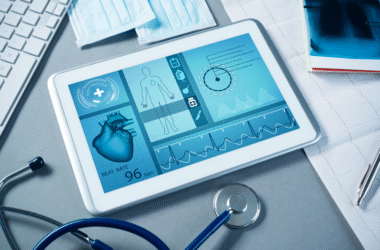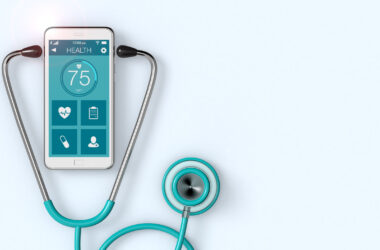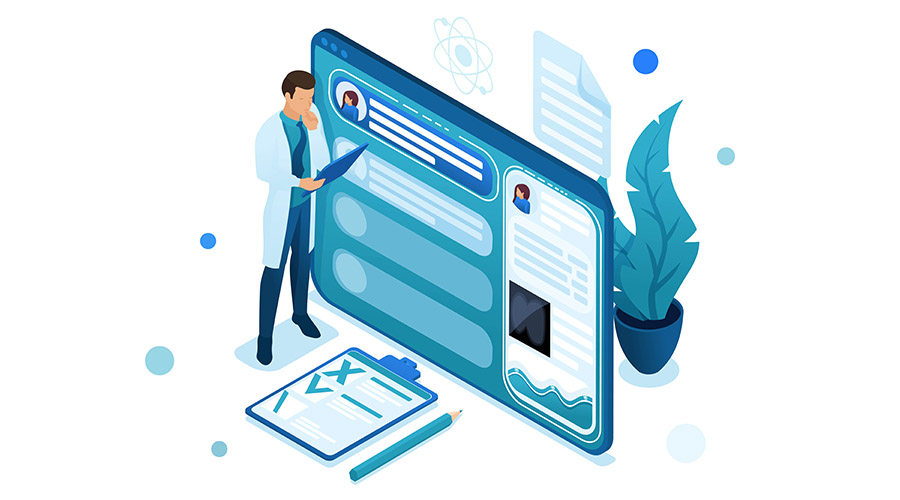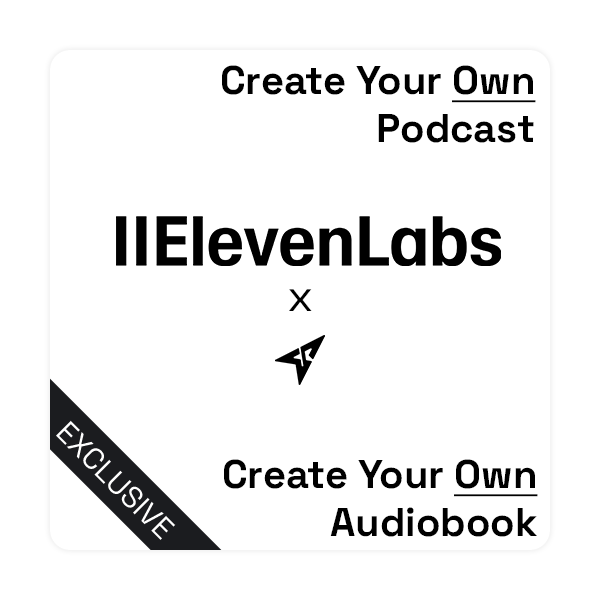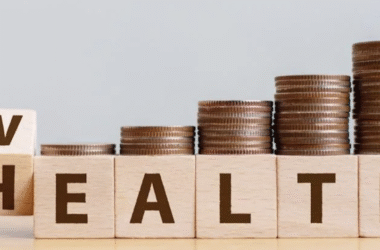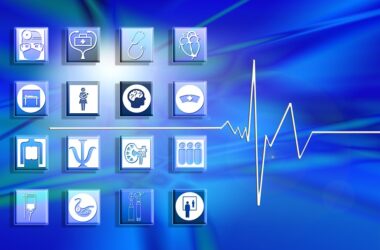Electronic Health Records (EHR) store health information in a digital format. They replace paper charts and help doctors, nurses, and patients share data more easily. Here’s how EHRs help both patients and providers in real ways.
Benefits for Patients
Faster Access to Health Information
Patients can view test results, medications, and visit notes online within hours of a doctor’s entry. For example, 72% of patients receive test results through a patient portal within one day of a lab finishing its work. This quick access lets them follow up on care sooner and ask informed questions.
Better Care Coordination
When different providers share the same record, they work as a team rather than in silos. For instance, a primary care doctor and a specialist can see the same list of medicines at the same time. This shared view cuts the chance of prescribing a medicine that conflicts with another drug and lowers the risk of harmful side effects by up to 55%.
Fewer Medical Errors
EHR systems use alerts and checks that flag missing information or odd doses. Studies show EHR tools can reduce medication errors by 50%. These built-in safety nets help providers catch mistakes before they reach the patient.
More Patient Engagement
Patient portals let people send secure messages to their care team, schedule visits, and refill prescriptions online. Around 60% of patients who use portals say they feel more in control of their health. That feeling of control often leads to better care and higher satisfaction.
Benefits for Providers

Streamlined Workflows
Clinics that use EHRs report 27% less time spent on paperwork and filing. Instead of sorting through paper charts, staff click through structured fields. That time savings lets teams focus on talking with patients rather than shuffling files.
Improved Data Accuracy
EHRs force standard formats for dates, numbers, and codes. When everyone enters data the same way, charts grow more reliable. One survey found that 90% of providers felt their documentation quality improved after an EHR went live.
Better Quality Reports
EHRs can run reports on care quality, such as how many patients with diabetes have an up‑to‑date eye exam. A 2023 study showed that clinics using EHR reporting tools reached 80% of their quality targets, compared to 55% for those relying on manual data.
Cost and Time Savings
By cutting paper, printing, and storage costs, practices can save thousands of dollars each year. A mid‑size clinic that switched to EHRs cut its administrative costs by 30%, equal to about $45,000 annually. At the same time, staff spend 20% less time on billing mistakes, which speeds up payments.
Faster Decision Making
When both parties see the same up‑to‑date record, they pick the best care path without delay. One study found that shared EHR access led to 40% fewer follow‑up calls needed to clarify treatment plans.
Better Public Health Tracking
EHR data can feed into public health systems to spot trends and outbreaks more quickly. In 2022, health systems using EHR data for flu surveillance detected rising cases two weeks earlier than traditional reporting methods.
Stronger Data Security
Modern EHRs use encryption and access controls so only authorized people see patient data. They log every access and change. Over 95% of certified EHRs follow strict security rules that meet federal standards.
How Patients Can Make the Most of EHRs
Sign Up for the Portal
Most clinics invite patients to register online. Once set up, patients can view their own records anytime.
Review Records Before Visits
Checking test results and visit notes ahead of time helps patients prepare questions.
Use Secure Messaging
Sending quick questions through the portal saves time for both patient and staff.
Update Personal Details
Keeping addresses, phone numbers, and contact info current helps ensure lab results and bills reach the right place.
Tips for Providers to Optimize EHR Use
Customize Templates
Tailoring templates for common visits, such as well‑child checks, can speed up note taking.
Train Staff Thoroughly
Regular training sessions reduce entry errors and boost system confidence.
Review Alert Settings
Tuning alerts to the right level prevents “alert fatigue” and ensures critical issues stand out.
Analyze Data Regularly
Running monthly quality reports helps teams spot gaps and make quick fixes.
Frequently Asked Questions (FAQs)
What is an Electronic Health Record (EHR)?
An EHR is a digital version of a patient’s paper chart. It stores medical history, test results, medications, and notes in one place. Doctors, nurses, and patients can access the same record online, which makes care smoother and safer.
How do EHRs help patients get faster care?
EHRs let patients see test results, visit summaries, and medication lists online—often within hours. That quick access helps them follow up sooner, ask informed questions, and avoid waiting days for test results.
In what ways do EHRs reduce medical errors?
Built‑in alerts flag missing information or unusual doses, cutting the chance of mistakes. Studies show these safety checks can halve medication errors before they reach a patient.
How can providers save time with EHRs?
EHRs replace paper charts and streamline paperwork. Clinics that use EHRs report spending about a quarter less time on filing and admin tasks. That frees up staff to focus on talking with patients instead of hunting down files.
Conclusion
EHRs bring real, measurable benefits. Patients get faster access to their records, more active roles in their care, and fewer mistakes. Providers save time, reduce costs, and track quality with ease. And both groups share in safer, better‑coordinated care that can spot trends and improve health on a larger scale. By using portals, training staff, and reviewing reports, everyone can tap into the full power of digital records.

